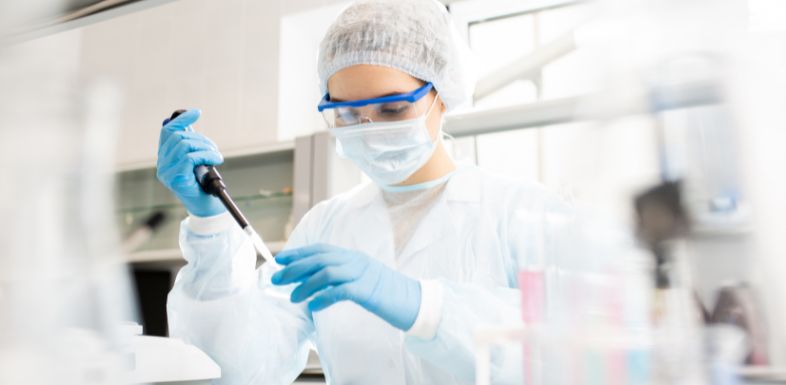Ways To Make Your Laboratory Work More Reliable

Improve laboratory reliability through standardized protocols, proper equipment maintenance, environmental control, and systematic quality measures.
October 2, 2025: Laboratory reliability forms the backbone of scientific progress. When experiments fail or produce inconsistent results, researchers waste time and resources and potentially miss breakthrough discoveries. Improving laboratory reliability requires attention to multiple factors that influence experimental outcomes.
Standardize Your Protocols
Consistent protocols eliminate variables that compromise results. Document every step of your procedures with precise measurements, timing, and conditions, and train all team members to follow identical methods, from sample preparation to data collection. When everyone performs experiments the same way, you reduce inter-operator variability and improve reproducibility across your research team.
Update protocols regularly based on new findings or equipment changes. Version control helps you track modifications and ensures everyone uses the current procedures. Clear documentation prevents errors that occur when researchers rely on memory or incomplete instructions.
Maintain Equipment
Regular equipment maintenance prevents unexpected failures that derail experiments. Schedule calibration checks for all instruments according to manufacturer recommendations. Keep detailed maintenance logs to track performance trends and identify potential issues before they cause problems.
Clean equipment thoroughly between uses to prevent cross-contamination, and replace worn components before they affect accuracy. When pipetting small volumes, remember that long taper tips can reduce sample loss and improve precision in your measurements.
Control Environmental Conditions
Temperature, humidity, and air quality fluctuations introduce unwanted variables into experiments. Monitor environmental conditions continuously and maintain them within specified ranges. Use environmental chambers or controlled rooms when experiments require strict conditions.
Document environmental parameters alongside experimental data. This information helps you identify correlations between conditions and results. You should also install backup systems for critical environmental controls to prevent data loss during equipment failures.
Implement Quality Control Measures
Quality control samples verify that your methods work correctly. Include positive and negative controls in every experiment to detect systematic errors. It also helps to run reference standards periodically to check instrument performance and calibration accuracy.
Establish acceptance criteria for control samples before starting experiments. When controls fall outside of acceptable ranges, investigate the cause before proceeding. This approach prevents wasted effort on compromised experiments.
Track and Analyze Data Trends
Systematic data tracking reveals patterns that improve reliability. Record not just the final results but also intermediate measurements, environmental conditions, and any deviations from standard procedures. Use statistical process control charts to monitor trends and identify when processes drift from normal ranges.
Regular data review helps you identify recurring issues and their root causes. When you spot trends early, you can make corrections before they affect critical experiments. Digital data management systems automate much of this tracking and make trend analysis more efficient.
Strengthen Your Laboratory’s Foundation
Reliable laboratory work requires systematic attention to protocols, equipment, environment, and data management. Small improvements in each area compound to create significant gains in overall reliability. Start with one area that causes the most problems in your lab, then expand improvements gradually.
Consistent application of these principles transforms laboratory operations from reactive troubleshooting to proactive quality management. Your research will advance faster when you spend less time repeating failed experiments and more time making discoveries.
